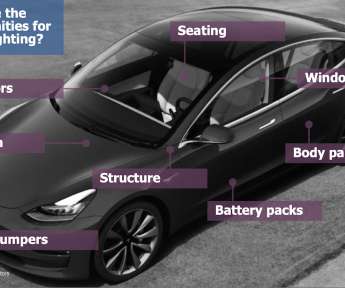Lux Research: battery electric vehicles will be less reliant on lightweighting by 2030
Green Car Congress
NOVEMBER 13, 2020
Key changes include: Range: BEVs are overwhelmingly more efficient than ICE vehicles due to regenerative braking and more efficient motors. BEVs’ main weakness is range; most midprice BEVs have a limited range of 200 km to 400 km. Much of the drive to lightweight BEVs comes from a desire to extend range.











Let's personalize your content